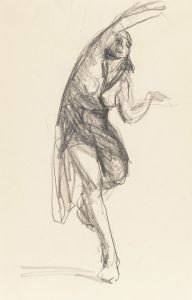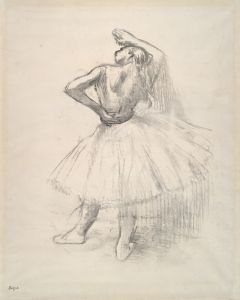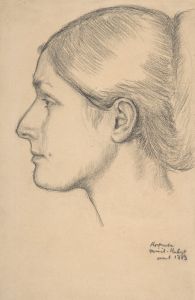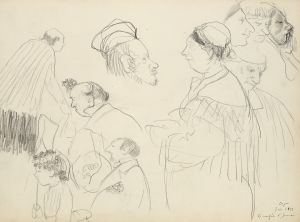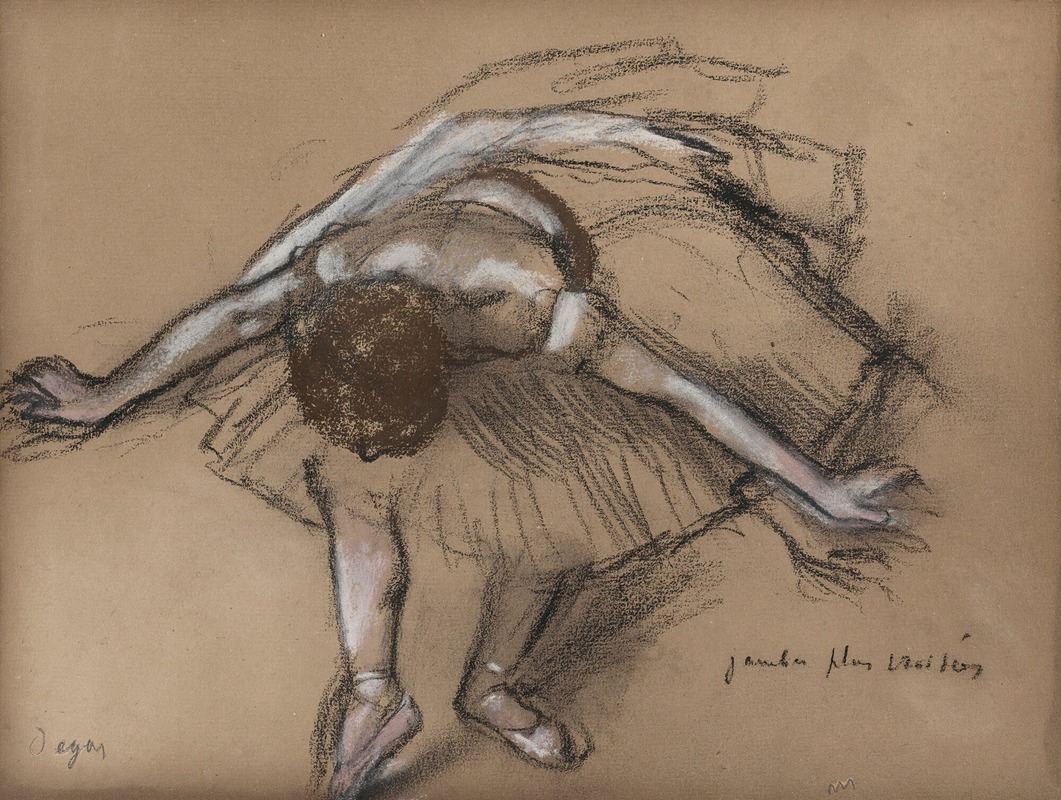
Danseuse
A hand-painted replica of Edgar Degas’s masterpiece Danseuse, meticulously crafted by professional artists to capture the true essence of the original. Each piece is created with museum-quality canvas and rare mineral pigments, carefully painted by experienced artists with delicate brushstrokes and rich, layered colors to perfectly recreate the texture of the original artwork. Unlike machine-printed reproductions, this hand-painted version brings the painting to life, infused with the artist’s emotions and skill in every stroke. Whether for personal collection or home decoration, it instantly elevates the artistic atmosphere of any space.
"Danseuse" is a painting by the renowned French artist Edgar Degas, who is celebrated for his extensive work capturing the world of ballet. Degas, a prominent figure in the Impressionist movement, is known for his innovative compositions and keen observation of movement, which are evident in his numerous depictions of dancers.
Created in the late 19th century, "Danseuse" is one of many works by Degas that focuses on ballet dancers, a subject he explored extensively throughout his career. His fascination with dancers was not merely an artistic choice but also a reflection of his interest in the human form and movement. Degas often frequented the Paris Opéra, where he observed and sketched dancers during rehearsals and performances, capturing their grace and the strenuous demands of their art.
The painting "Danseuse" exemplifies Degas's skill in portraying the elegance and poise of ballet dancers. It is characterized by his use of pastel, a medium he favored for its ability to convey texture and light. Degas's pastel works are noted for their vibrant colors and dynamic compositions, which bring a sense of immediacy and life to his subjects. In "Danseuse," the use of pastel allows for a delicate rendering of the dancer's costume and the subtle play of light on her figure.
Degas's approach to composition often involved unconventional angles and cropping, influenced by his interest in photography and Japanese prints. This is evident in "Danseuse," where the framing of the dancer creates a sense of intimacy and immediacy, drawing the viewer into the scene. The painting captures a moment of stillness and concentration, highlighting the dancer's dedication and the physical demands of her craft.
Throughout his career, Degas's work with dancers evolved, reflecting changes in his technique and artistic focus. While earlier works often depicted groups of dancers in rehearsal or performance, later pieces, like "Danseuse," tend to focus more on individual figures, emphasizing their form and movement. This shift illustrates Degas's deepening exploration of the human body and his mastery of capturing fleeting moments in time.
Degas's paintings of dancers, including "Danseuse," have had a lasting impact on the art world, influencing generations of artists and shaping the public's perception of ballet. His ability to convey the beauty and discipline of dance through his art has made these works some of the most celebrated in his oeuvre.
Today, "Danseuse" and other works by Degas can be found in major art collections around the world, where they continue to be admired for their technical brilliance and emotional depth. Degas's legacy as a master of capturing movement and the human form remains influential, and his paintings of dancers are considered iconic representations of the Impressionist movement.





